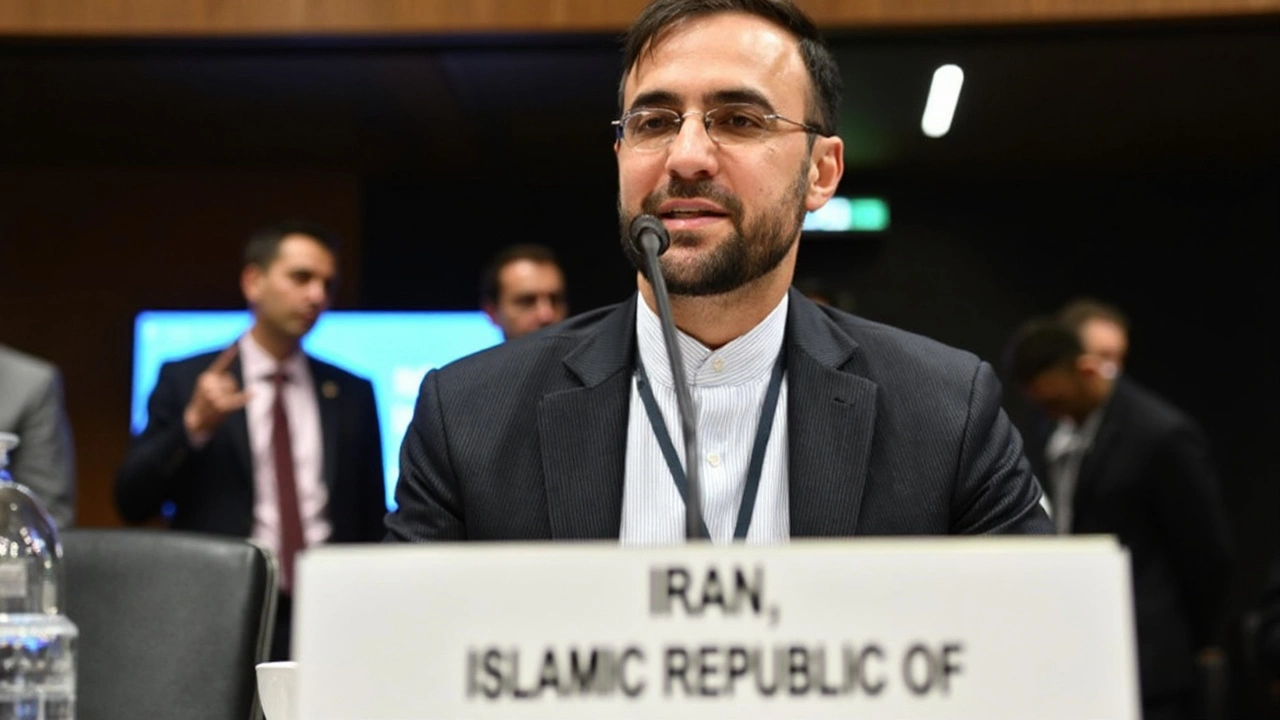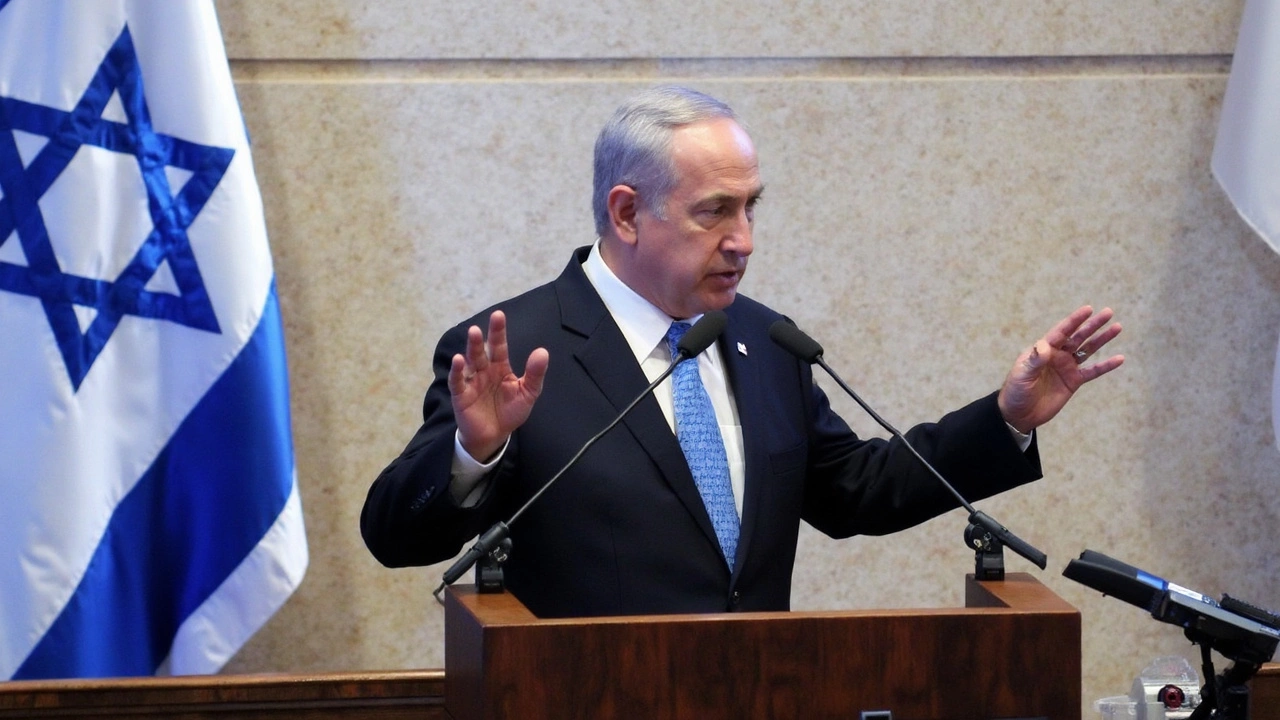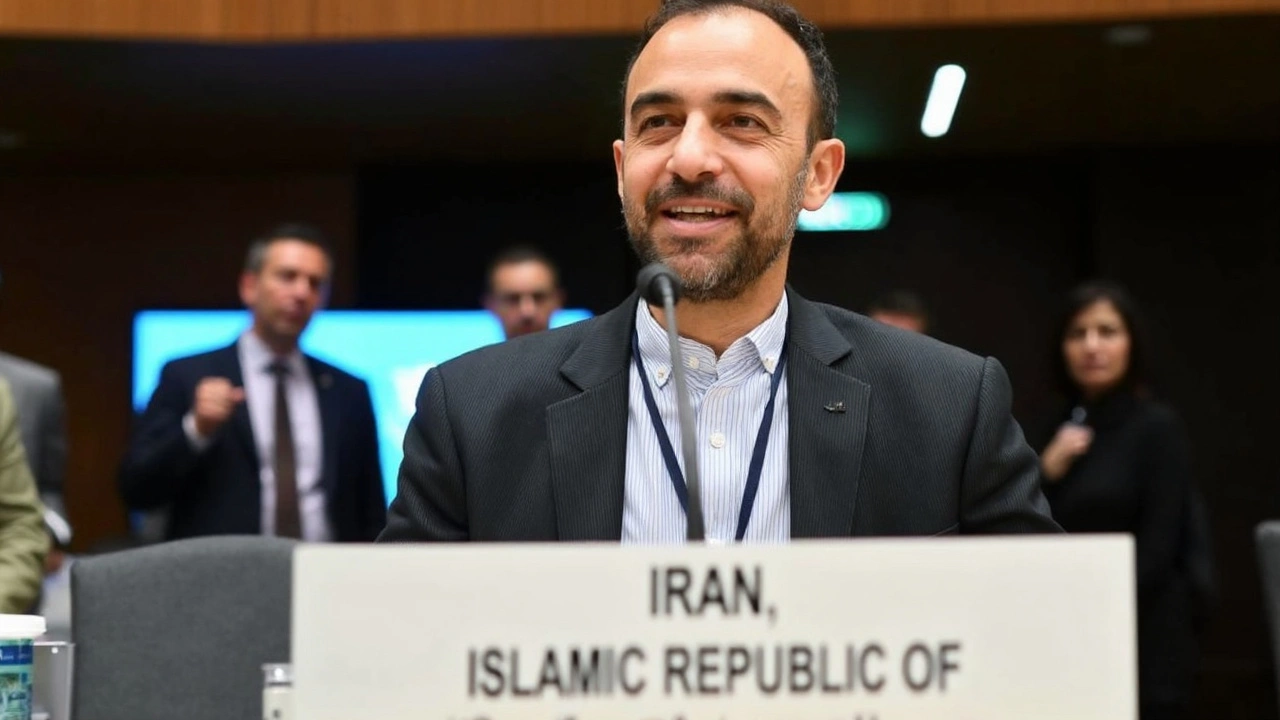Israel Unleashes Coordinated Assault on Iran’s Nuclear Program
Early on June 13, 2025, the region woke up to what many feared but few expected to see play out so dramatically—a full-scale Israeli strike deep into Iranian territory. Israel’s air force wasn’t tiptoeing around this time. Over 200 fighter jets executed more than 100 separate airstrikes, hammering facilities linked to Iran’s nuclear ambitions and other key military assets. This wasn’t just a few warning shots—it was the boldest display of Israeli military muscle in recent memory.
Targets weren’t chosen at random. According to Israeli Defense Forces statements, dozens of complex sites tied to Iran’s nuclear infrastructure stood squarely in Israel’s crosshairs. The message? Israel won’t sit quietly while Iran inches closer to a nuclear weapon. The ferocity of the attack left no room for subtlety, signalling a clear intention to set Iran’s program back—perhaps years.

From Threats to Action: Reality Disrupts the Middle East Status Quo
For decades, Israel’s warnings about a nuclear-capable Iran teetered between threat and theater. The world has watched Israeli politicians lob sharp words across newswires and at diplomatic summits. But June 13 smashed any doubts about whether the Israeli government was bluffing. This operation, crafted in silence and patience, reflects a long history of preemptive action—think back to Iraq in 1981 and Syria in 2007, when Israel destroyed nuclear reactors before they became operational threats.
The immediate fallout came fast. Iran launched roughly 100 drones in a retaliatory move, targeting Israeli positions according to local reports. The actual impact of those drones—whether they struck or were intercepted—remains murky. What’s certain is that this tit-for-tat cycle has entered uncharted territory, raising fears of a wider regional conflict.
Analysts like Dominic Waghorn described the strikes as a historic turning point, affirming that the whole Middle East has been nervously bracing for this scenario. International observers aren’t just watching a localized spat; they’re witnessing a high-stakes standoff over the future balance of power in the region.
The operation was no ad hoc move. Months (possibly years) of preparation, surveillance, and international posturing led to this moment. Intelligence-sharing, political maneuvering, and backdoor communications likely set the stage long before the jets took off. The heavy coordination points to Israel’s intent not just to send a message, but to actually disrupt Iran’s nuclear capabilities and challenge its regional clout.
When people ask if Israel’s earlier rhetoric was a calculated bluff or the real deal, the answer now seems obvious: this was neither empty talk nor a hastily-made move. The sheer scale of the operation, involving over 200 Israeli jets and multiple waves of airstrikes, marks a major escalation and leaves little doubt about Israel’s willingness to act alone if it feels existentially threatened.
The ripples from this flare-up will haunt diplomatic circles, global energy markets, and defense ministries far beyond Tel Aviv or Tehran. Laws of military engagement and red lines have been redrawn—maybe for good. For everyone watching, one thing is clear: Middle East power politics just took a sharp and dangerous turn.

